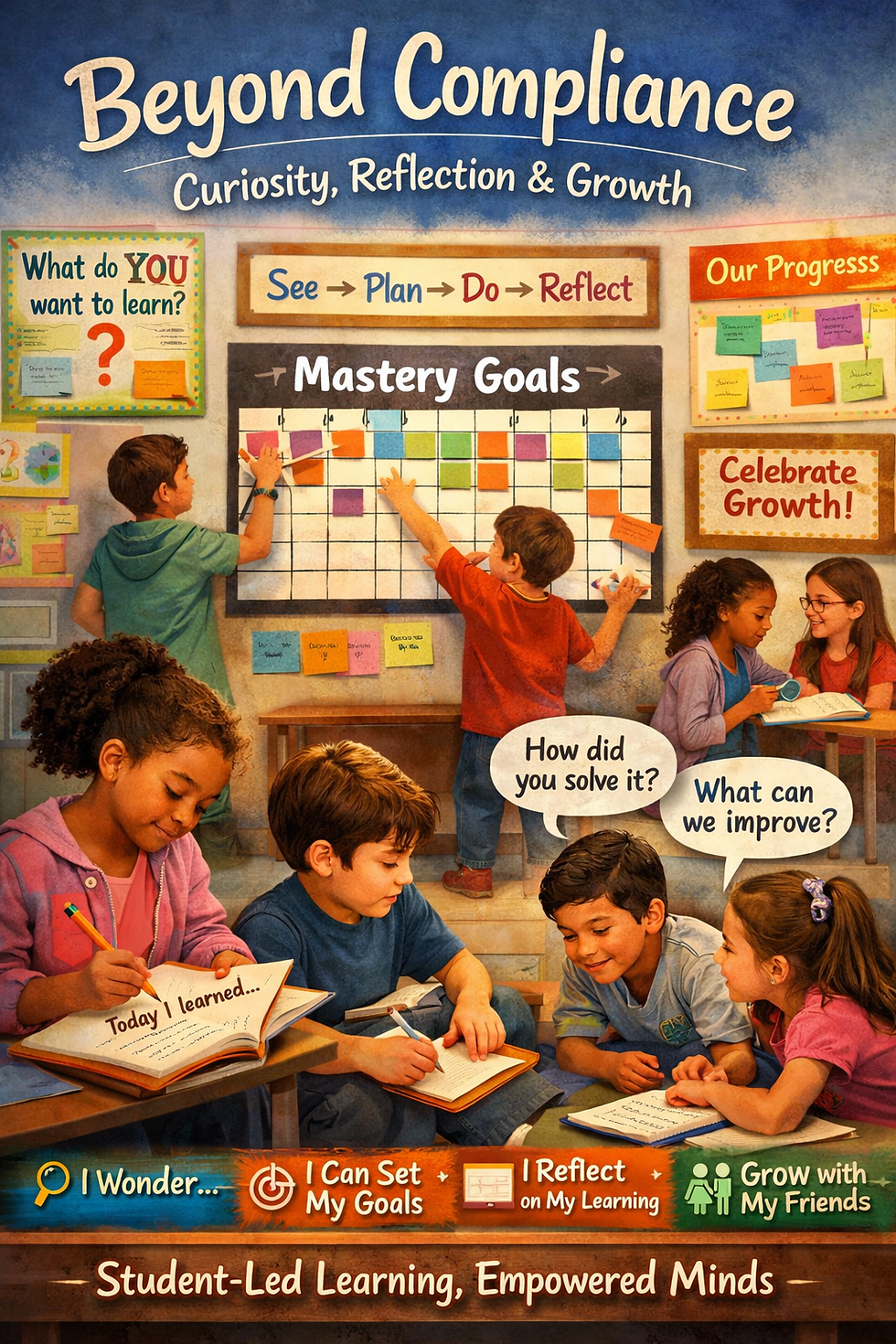Best Classroom Procedures?
- Greg Mullen

- Sep 3, 2019
- 4 min read
I came across an article from Scholastic with the title, "30 Classroom Procedures to Head Off Behavior Problems." When I opened the link, the list of procedures had the following caveat: "You can adapt them to your grade level and school setting." The list itself is fairly generic and covers a wide swath of general behavior expectations for a classroom learning environment.
My interest is not in any specific procedure but what they all share in common - know how and when to behave in a classroom (why is not a question on the test).
"Know how and when to behave in a classroom."
My First Year of Teaching
I remember my first year of teaching. I remember the lists of procedures I had vetted and filtered so I would be ready for that first week. I had every intention of expecting my students how to behave the way I've seen students behave in the past - things like:
how and when to line up before entering the classroom,
how and when to enter the classroom and go directly to their assigned seats,
how and when to manage materials on their desks and in the classroom,
how and when to raise their hand before asking questions,
how and when to specifically ask to use the restroom or sharpen their pencil.
Now, after years of working with upper elementary and middle school students in public, private, and charter schools, I have steadily come to realize that the reason I need to spend this time teaching upper elementary and middle school students such procedures is because they are *expecting* me to teach these procedures. It has come to feel as if teaching procedures is addressing more of a liability issue, as if students will say, "You didn't tell me not to do something, and you're the boss, so I have no liability for what I claim to not already know."
“You’re the boss...” - and therein lies the problem.
There is a concept of Structure and Organization in Organizational Culture that defines and categorizes value of people, nature, goods and services, and the relationships between them. In this case, the value of the relationship between a student and teacher is one of inequity and compliance - do what you are told because you are told to do so to avoid a behavior-changing consequence.
"You're the boss..."
Macro and Micro Perspective ("Zoom-out" and "Zoom-in")
Take a moment to zoom out and view this in context of a larger community. Consider your relationships with your own family members, neighbors, store owners, firefighters, local government officials. Now compare the zoomed-out differences in behavior related to these various relationships to the zoomed-in teacher-student relationship. Consider how we have much more control over how the teacher-student relationship is defined because it is zoomed-in on such a small group of humans.
Discussion of values can help to align the commonalities between the different families or communities. Discussion can also help to address differences with strategies for conflict resolution and exercising empathetic reasoning. It is this awareness and management of self, social, and societal expectations that must become the underlying philosophy and rationale for a classroom’s procedures. Of course, given the experiences many students have with teachers over the years, it may take some time to shift the student’s perspective toward this change in relationship. In fact, I’ve found that the older the student gets, the longer it takes to shift their perspective and motivation. Developmentally speaking, I’ve found that third and fourth grade (around ages seven to nine) are the years most beneficial to shifting this perspective and promoting intrinsic motivation leading to what I like to consider a more self-directed learning environment.
Then again, fear of punishment is easier for quick and easy blanket policies that force behaviors and minimize misbehaviors. Just remember - when you eventually get tired of repeating the same rules and issuing the same consequences year after year, rest easy knowing that you’ll only need to enforce those rules and punishments for those students for that one year - the next year will be easier… unless the teacher in the grade below you is saying the same thing.
The best classroom procedures are not the ones that make a teacher's life easier - it's those that shift intrinsically-motivated ownership of learning from the teacher to the student.

This image is part of a larger idea I am currently developing to support my book, Creating a Self-Directed Learning Environment, releasing from Corwin Publishing in December 2019. This image is blurred because it is a work in progress that connects my ideas for creating a self-directed learning environment with the larger scope of organizational culture as it relates to what has been defined as the Seven Elements of Culture. The concepts behind standards-based grading and social-emotional learning are directly connected with that of larger sociological as well as neurological concepts of human development. I am taking a year away from the classroom to further expand on connecting these ideas for the benefit of improving the education system. Feel free to reach out to learn more about these ideas and how they might help your school improve your current learning environment.






